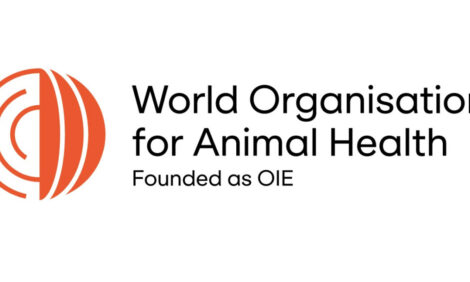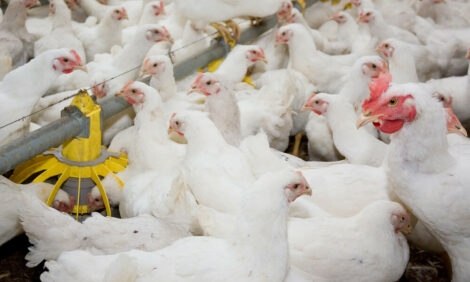



Avian Influenza Facts And Timeline
Worldwide, there are many strains of avian influenza virus that can cause varying amounts of clinical illness in poultry. These viruses can infect chickens, turkeys, pheasants, quail, ducks, geese, and guinea fowl, as well as a wide variety of other birds. Migratory waterfowl have proved to be the natural reservoir for this disease.
Avian influenza viruses are classified into low pathogenic and highly pathogenic forms based on the severity of the illness they cause. Most avian influenza virus strains are low pathogenic and typically cause little or no clinical signs in infected birds. However, some low pathogenic virus strains are capable of mutating under field conditions into highly pathogenic viruses, which cause more illness in infected birds.
Exposure of poultry to migratory waterfowl and the international movement of poultry, poultry equipment, and people pose risks for introducing high pathogenic avian influenza into healthy poultry. Once introduced, the disease can be spread from bird to bird by direct contact. Highly pathogenic viruses can also be spread by manure, equipment, vehicles, crates, and people whose clothing or shoes have come in contact with the virus.
Some strains of highly pathogenic avian influenza viruses can be infectious to people. The H5N1 strain, first isolated in Hong Kong in 1997, is a highly pathogenic form of the disease. It has caused some human deaths, the latest being 22 people so far in 2004 as of Feb. 24. Since mid-December 2003, a growing number of Asian countries have reported outbreaks of highly pathogenic avian influenza in chickens and ducks.
There have been several occurrences of low pathogenic avian influenza in the U.S. from 1997 to present. The latest cases and strains were the U.S. and Canada were: Delaware H7N2; New Jersey H7N2; Pennsylvania H2N2; British Columbia H7N2; and Texas H5N2.
Countries that have imposed bans on U.S. poultry as of Tuesday include:
Azerbaijan, Brazil, China, European Union, Hong Kong, India, Japan, South Korea, Malaysia, Mexico, Philippines, Qatar, Singapore, and South Africa. There are additional countries that have imposed partial poultry bans applying specifically to U.S. states where cases of avian influenza have been found.
Timeline
Feb. 24 -- Mexico, the European Union and Philippines ban most U.S. poultry products. Mexico will allow in eggs and heat-treated poultry meat.
Feb. 23 -- USDA confirms a case in Texas involving the H5N2 strain; highly pathogenic for poultry but of low-risk to humans.
Feb. 17 -- Japan reports a group of pet chickens die of bird flu.
Feb. 14 -- Pennsylvania confirms case of low-pathogenic form in laying flock.
Feb. 12 -- Low-pathogenic strain of avian influenza found at four New Jersey live markets.
Feb. 10 -- Hong Kong, Ukraine, China, Russia and Poland announce full or partial bans of U.S. chicken imports after a second case of low-path avian influenza is discovered in Delaware.
Feb. 7 -- Delaware officials confirm a case of low-pathogenic avian influenza and order the destruction of 12,000 chickens. Japan, Malaysia, Singapore and South Korea ban import of U.S. chickens.
Jan. 30 -- The World Health Organization says countries should consider stockpiling antiviral drugs in case of pandemic of bird flu in humans.
Jan. 27 -- Laos confirms bird flu in poultry. China confirms bird flu in ducks.
Jan. 26 -- Pakistan confirms detection of the less virulent strains H7 and H9.
Jan. 25 -- Indonesia confirms avian flu in poultry.
Jan. 12, 2004: Japan confirms bird flu outbreak and begins mass cull
Dec. 15, 2003: South Korea confirms outbreak of avian flu; begins mass cull.
November 2003: Thailand reports outbreak of what is referred to as chicken or fowl cholera.
April 2003: A new strain of bird flu - H7N7 - infects more than 80 people in the Netherlands, killing one person.
1999: Two additional human cases of bird flu confirmed in Hong Kong.
1997: First fatal human cases of avian flu reported in Hong Kong.
Source: eFeedLink - 25th February 2004









